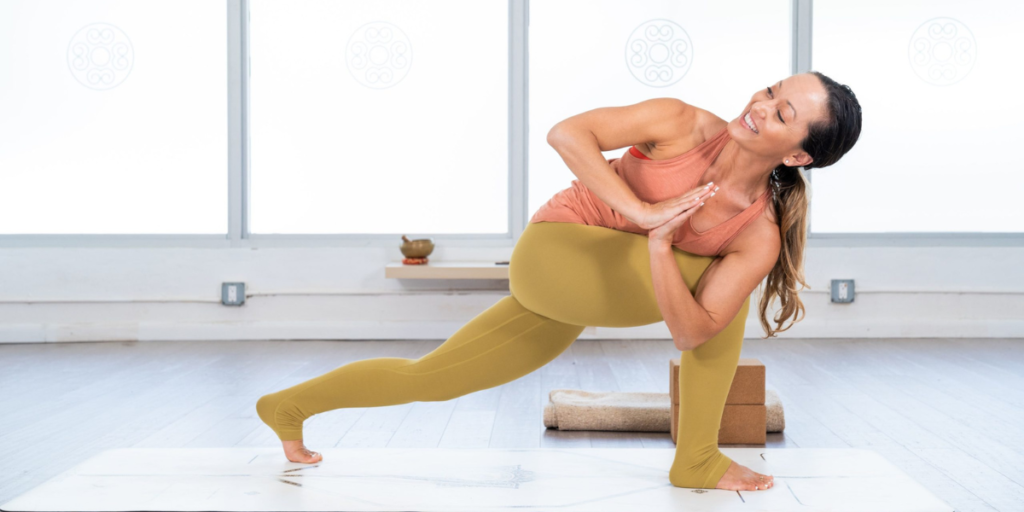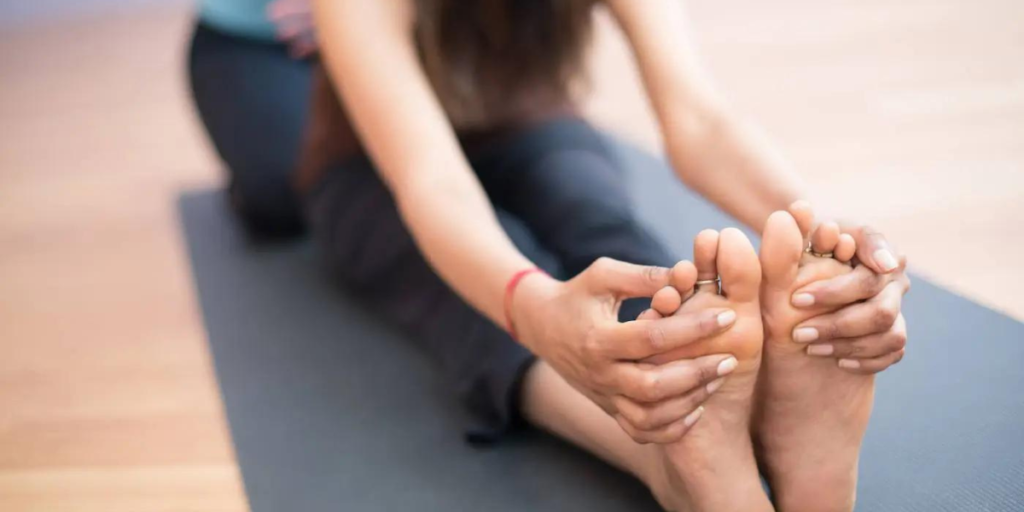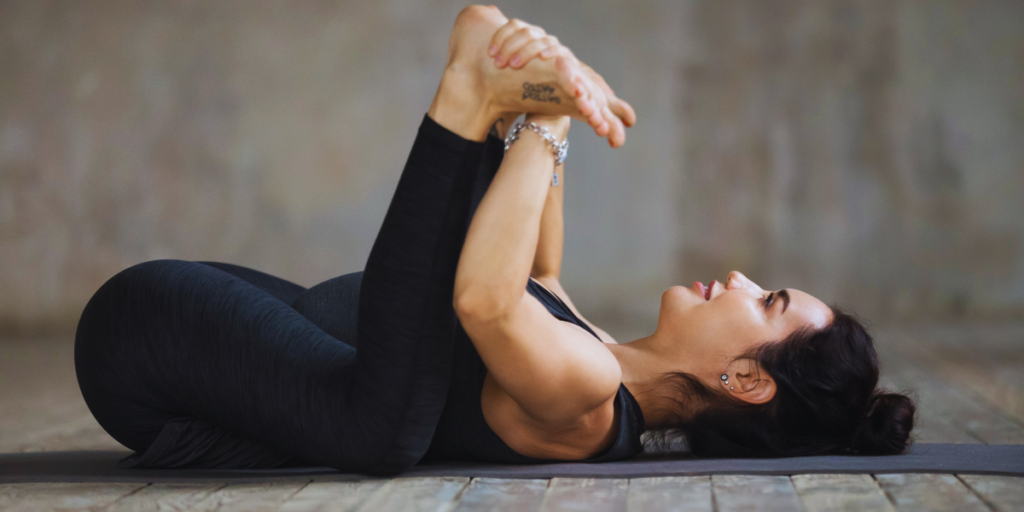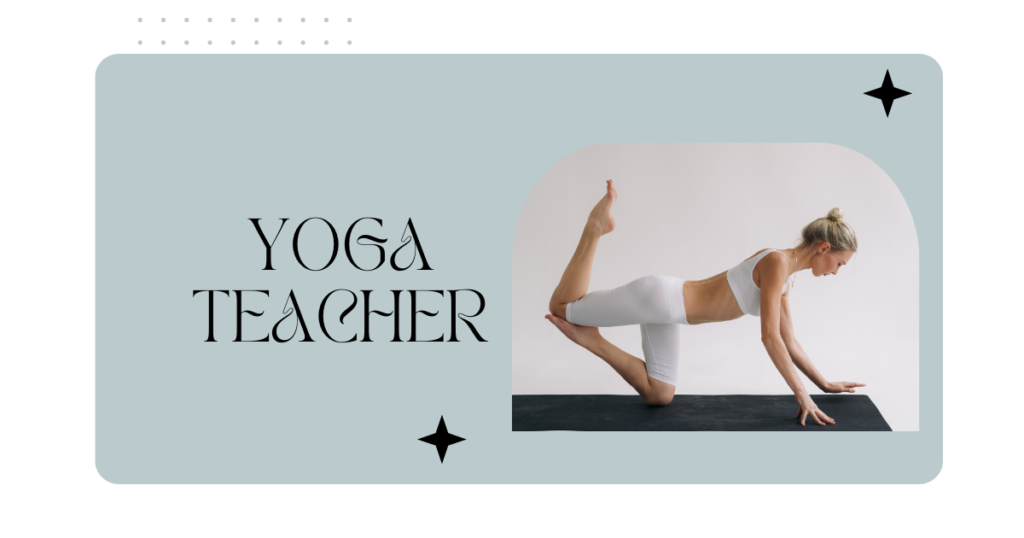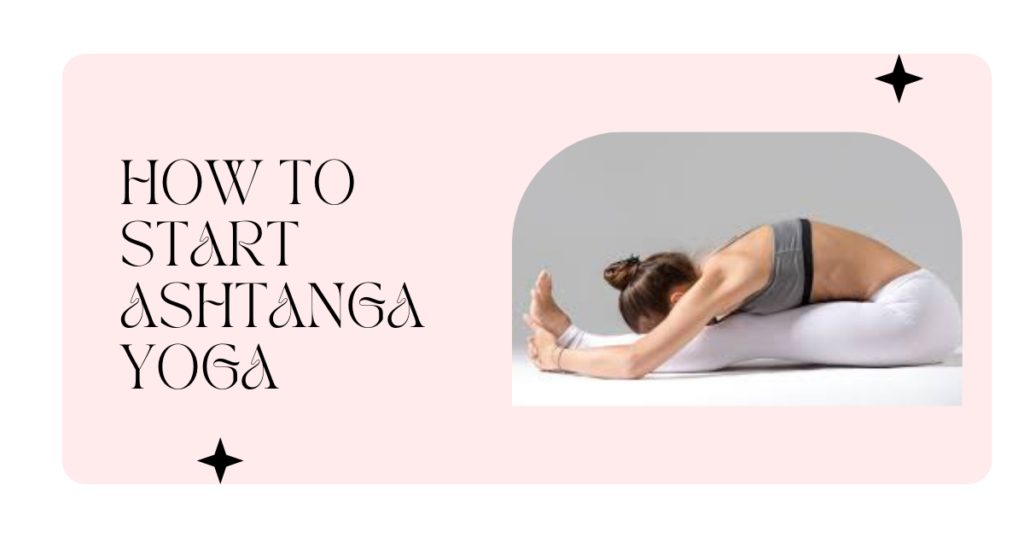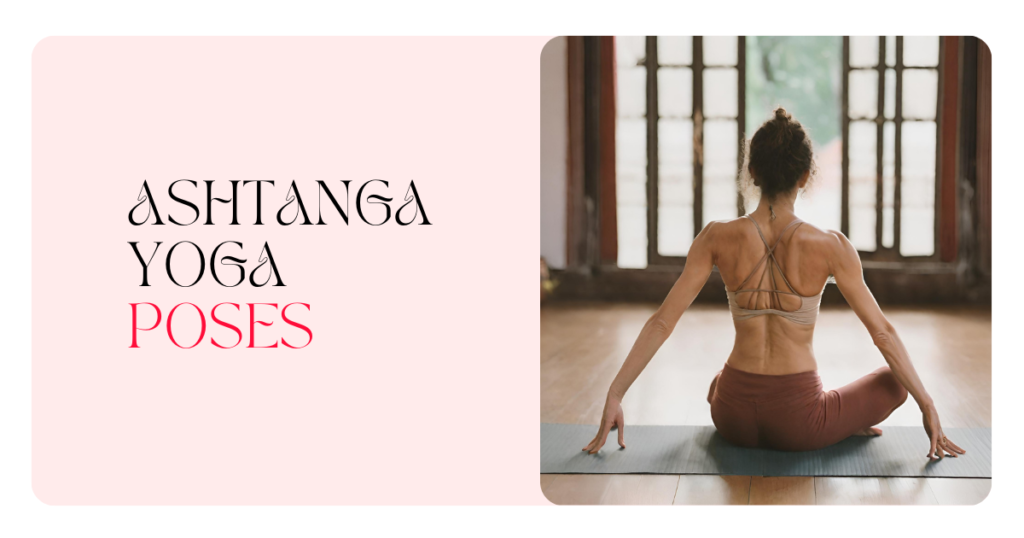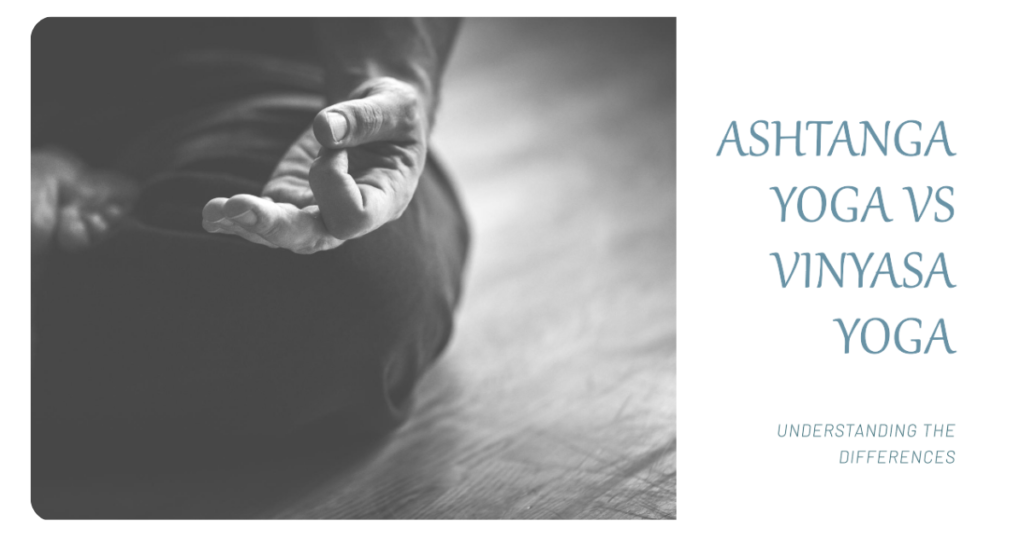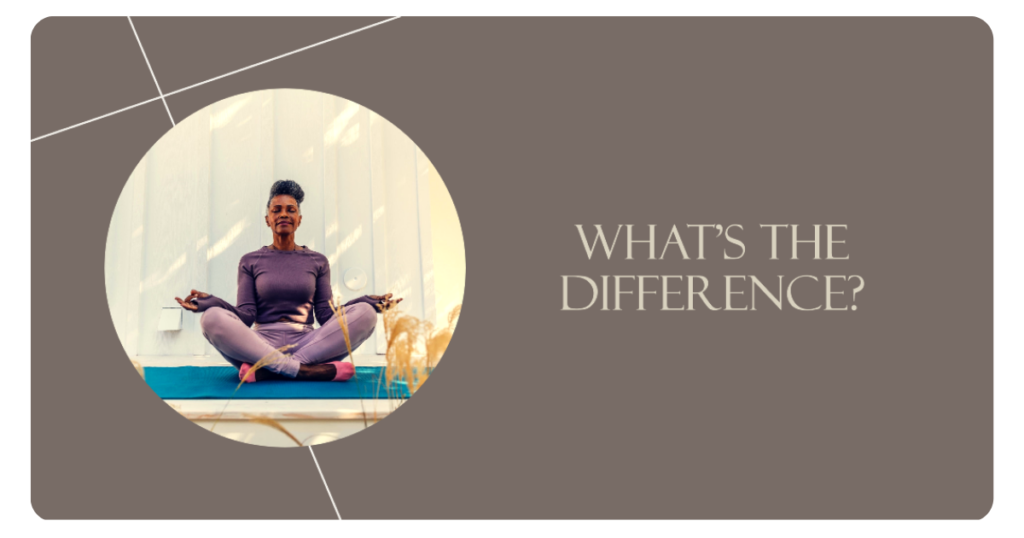
Introduction:
Ashtanga yoga, an ancient and revered practice, has been transforming lives for centuries. Rooted in the teachings of the sage Patanjali, this dynamic and physically demanding form of yoga follows a specific sequence of postures, known as the Ashtanga yoga sequence. This predetermined series of asanas (postures) is designed to cultivate strength, flexibility, and mental clarity while promoting overall well-being.
The Ashtanga yoga sequence is more than just a series of physical movements; it is a journey of self-discovery and personal growth. By faithfully following this sequence, practitioners can experience a profound connection between the body, mind, and spirit. The systematic progression of postures encourages discipline, focus, and perseverance, qualities that extend far beyond the yoga mat and into all aspects of life.
In this comprehensive guide, we will delve into the intricacies of the Ashtanga yoga sequence, exploring its rich history, the various series, and the countless benefits it offers. Whether you are a seasoned yogi or a newcomer to this ancient practice, this article will provide you with a deep understanding and appreciation for this transformative discipline.
Understanding the Ashtanga Yoga Sequence
The term “Ashtanga” literally translates to “eight limbs,” referring to the eight principles outlined in Patanjali’s Yoga Sutras, a foundational text on the philosophy and practice of yoga. The Ashtanga yoga sequence is a physical manifestation of these principles, guiding practitioners through a series of postures that not only challenge the body but also cultivate a heightened state of awareness and inner peace.
At the core of Ashtanga yoga lies a fixed sequence of postures, meticulously arranged to create a harmonious flow. This predetermined sequence is divided into several series, each building upon the foundation established by the previous one. The Primary Series (Yoga Chikitsa), the Intermediate Series (Nadi Shodhana), and the Advanced Series (Sthira Bhaga) form the backbone of the Ashtanga yoga practice.
While the sequence remains unchanged, the depth and intensity of the practice vary according to the practitioner’s level of experience and physical capabilities. This structured approach allows for a gradual progression, ensuring that practitioners can safely and effectively advance their practice over time.
The Primary Series (Yoga Chikitsa)
The Primary Series, also known as Yoga Chikitsa, is the foundational sequence in Ashtanga yoga. This series serves as an introduction to the practice and is designed to establish a strong physical and mental foundation for the practitioner. The Primary Series consists of a specific sequence of postures that work together to promote overall health, strength, and flexibility.
Here are some of the key postures found in the Primary Series:
The Primary Series is a comprehensive practice that targets every major muscle group and introduces fundamental breathing techniques. It is recommended that practitioners achieve proficiency in the Primary Series before advancing to the more challenging Intermediate and Advanced Series.
The Intermediate Series (Nadi Shodhana)
Once a practitioner has developed a strong foundation through consistent practice of the Primary Series, they may be ready to progress to the Intermediate Series, also known as Nadi Shodhana. This series builds upon the strength and flexibility developed in the Primary Series and introduces more advanced postures and transitions.
The Intermediate Series is designed to purify the energy channels (nadis) within the body, promoting improved circulation and overall well-being. Here are some of the key postures found in this series:
The Intermediate Series is significantly more demanding than the Primary Series, both physically and mentally. It is essential to have a solid foundation and guidance from an experienced teacher before attempting this series.
The Advanced Series (Sthira Bhaga)
The Advanced Series, also known as Sthira Bhaga, is the pinnacle of the Ashtanga yoga practice. This series is reserved for experienced practitioners who have mastered the Primary and Intermediate Series and possess a deep understanding of the principles and techniques of Ashtanga yoga. “How many poses in Ashtanga yoga“
The Advanced Series is a challenging and demanding practice that tests the limits of strength, flexibility, and endurance. It is designed to cultivate a heightened state of physical, mental, and spiritual awareness. Here are some of the key postures found in this series:
The Advanced Series is not for the faint of heart. It demands unwavering dedication, discipline, and commitment from the practitioner. It is crucial to have the guidance of an experienced Ashtanga yoga teacher and to approach this series with patience, humility, and respect for the practice.
It is important to note that not all practitioners may choose to pursue the Advanced Series. The Primary and Intermediate Series offer ample opportunities for personal growth and transformation, and the decision to progress to the Advanced Series should be made with careful consideration and guidance from a qualified teacher.
Benefits of Practicing the Ashtanga Yoga Sequence
The Ashtanga yoga sequence offers a multitude of benefits that extend far beyond physical fitness. By committing to this ancient practice, practitioners can experience a profound transformation in various aspects of their lives. Here are some of the most notable benefits:
These benefits are not just anecdotal; numerous studies have documented the positive impact of Ashtanga yoga on physical and mental health. By incorporating the Ashtanga yoga sequence into your lifestyle, you embark on a transformative journey towards a stronger, more flexible, and more resilient self.
Tips for Beginners to the Ashtanga Yoga Sequence
Embarking on the Ashtanga yoga journey can be both exhilarating and intimidating, especially for those new to this practice. However, with the right mindset, guidance, and preparation, beginners can approach the Ashtanga yoga sequence with confidence and ease. Here are some valuable tips to help you get started:
By following these tips, beginners can lay a solid foundation for their Ashtanga yoga practice and gradually build the strength, flexibility, and mental fortitude necessary to progress through the various series.
Ashtanga Yoga Sequence: Variations and Modifications
While the Ashtanga yoga sequence follows a predetermined order and set of postures, it is essential to understand that variations and modifications are not only acceptable but often necessary. Every practitioner is unique, with different physical abilities, limitations, and experiences. The Ashtanga yoga practice recognizes this individuality and encourages practitioners to listen to their bodies and make adjustments as needed.
Here are some common variations and modifications that may be helpful:
Incorporating the Ashtanga Yoga Sequence into Your Practice
Integrating the Ashtanga yoga sequence into your regular practice can be a transformative experience, but it requires commitment, consistency, and a well-structured approach. Here are some suggestions to help you seamlessly incorporate this ancient practice into your routine:
By incorporating the Ashtanga yoga sequence into your regular practice, you embark on a journey of self-discovery, physical and mental transformation, and a deeper connection with the ancient wisdom of yoga.
Conclusion:
The Ashtanga yoga sequence is a powerful and transformative practice that has withstood the test of time. By following this predetermined series of postures, practitioners can experience a profound connection between the body, mind, and spirit, cultivating strength, flexibility, and mental clarity.
Whether you are a beginner or an experienced yogi, the Ashtanga yoga sequence offers a path to personal growth and self-discovery. From the foundational Primary Series to the challenging Advanced Series, each step of the journey presents an opportunity to push beyond your limits and unlock your true potential.
Remember, the key to mastering the Ashtanga yoga sequence lies in consistent practice, patience, and a willingness to embrace the journey. Seek guidance from experienced teachers, listen to your body, and approach each practice with humility and an open mind.
As you embark on this transformative path, remember to cherish the journey, celebrate your milestones, and embrace the profound connection between your physical practice and your inner self. The Ashtanga yoga sequence is more than just a series of postures; it is a way of life that can profoundly impact every aspect of your being.


